by Ferne Arfin 27 May 2020
updated 20 March 2025
A visit to the Isles of Scilly – England’s islands in the stream
A visit to the Isles of Scilly is a step back to simpler times. These islands in the stream (with apologies to Ernest Hemingway and Dolly Parton) are a dreamlike Atlantic archipelago afloat in the mediating warmth of the Gulf Stream. For “overseas” holidays or vacations in 2020 and beyond, think island getaways closer to home.
The Isles of Scilly ride the Gulf Stream about 30 miles off the coast of Cornwall. Of all Britain’s inhabited offshore islands, they are the most Atlantic in character – from the cool blue light and the white sand beaches to the almost offhand tidal rhythm of life. Visit the Isles of Scilly in late summer or early autumn to wander through waves of salt grasses, feast on ripening rose hips and marvel at blackberry brambles so thick with fruit they bend nearly to the ground.
This remote, low-lying archipelago – the southwesternmost community in the United Kingdom – is a world apart. High granite towers give the island silhouettes wild magic that belies the gentle realities. Shallow, clear turquoise waters surround them, a Caribbean quality successfully captured by several of the resident artists. And while Atlantic storms and wild seas occasionally rage around them, the island group’s climate is mild enough to support palm trees and subtropical plants year-round.
Of the population of 2,000, about 1,600 live and work on the main island of St. Mary’s. The rest are scattered across the four remaining populated islands: Tresco, St Martin’s, Bryher and St. Agnes. They work in fishing, farming, and tourism; they grow narcissus and daffodil bulbs; they’re artists, artisans and entrepreneurs – often a combination of all of these.
Explore this post
An autumn visit
Last autumn I visited three of the islands – St Mary’s, St Agnes and Tresco, hoping to tempt you to get a head start on summer planning. Unfortunately, Covid-19 intervened. For most of its spring and summer season, Scilly was cut off from non-essential travel. But the islands are opening up and as we all emerge from our caves, the islanders will be more than happy to see you. Read more about the impact of the pandemic at the end of this post.
A brief history of the Isles of Scilly
The islands have been part of the Duchy of Cornwall since 1337 when it was created. Edward III established the Duchy for his son and heir, the Prince of Wales (who remains the Duke of Cornwall to this day). Income from the Duchy’s estates and businesses still support Prince Charles, his family, his public and private activities and charities.
It’s likely that as long as 4,000 years ago, the islands were one landmass populated by the tribes of Britons (ancient Brythonic people) who also settled across Cornwall and Brittany. Various Bronze Age monuments that these people left behind are scattered across the Scilly.
The next group who left traces were the Tudors. The Isles of Scilly were considered the gateway to the English Channel and vulnerable to invasion from France and Spain. They were havens for continental pirates and smugglers as well. Besides the ruins of Tudor fortifications, Star Castle ( a luxury hotel) and the garrison wall surrounding it were created during the reign of Queen Elizabeth I. The Spaniards and the French never invaded, but the islands saw English Civil War skirmishes in the 17th century.
Remains of these past civilizations and cultures dot every inhabited island in the archipelago. The English Heritage book, Defending Scilly, downloadable free, online, is packed with information about Tudor, Civil War, and later fortifications for intrepid island explorers. Visit the English Heritage web page for information about the Bronze Age ruins, including Bant’s Carn Burial Chamber and Halangy Down Ancient Village. There you’ll find further links to seven more prehistoric sites on St Mary’s and Tresco. All are free to visit.
Some of Scilly’s historic sites
Please click on image to access full gallery
Photo credits Giles Watson, ccl; Paul, ccl, Star Castle Hotel.
Wildlife and nature
At least two hundred islands and rocky islets make up the Isles of Scilly. It’s one of the largest archipelagos in the world. For the most part, these are windy, wild desert islands – only five are inhabited. Woodlands, heaths, grasslands, wetlands, dunes and rocky headlands offer a variety of habitats to explore. In the spring, Scilly is covered with wildflowers, many of them not seen anywhere else.
Hundreds of varieties of seabirds and migratory birds take a break from their long Atlantic journeys on Scilly – at least 520 have been spotted. Hedgehogs, bats, grey Atlantic seals and a rare local species of shrew that chuckles and twitters when it forages are the only mammals.
The islands’ famous flower farms – nine of them – produce the earliest scented narcissi available in the United Kingdom.
The inhabited islands
Each of the five inhabited islands has its own personality. It’s relatively easy to go from one to another (between 10 to 20 minutes) in the small boats that ply the channels between them. Island hopping to sample several is a big part of any visit. But tides and weather can upset the most carefully drawn schedule (more below) so it’s wise to limit the number of islands you visit if you’re planning a short stay. I stopped at three
St. Mary’s
Imagine a small English town, circa 1970, surrounded by the sea and you’ve pretty much nailed St. Mary’s. This island is the commercial hub of the Scillies and the main access, by boat, to the other four. It has Scilly’s main airport receiving flights from the mainland (heliports on St. Mary’s and Tresco opened in 2020), and it is the port for the Penzance ferry, the Scillonian.
Hugh Town, the capital, is where you’ll find the islands’ supermarket, clinic, a few shops, several art galleries, and a small selection of pubs and restaurants. During the season, a weekly farmer’s market (probably the smallest and most personal one you’ll ever see) is held there. A narrow neck of land, rimmed with white sand beaches, joins Hugh town to the rest of St. Mary’s.
The entire island is only two and a half miles long and three miles wide, covering six square miles. It has relatively level, occasionally rugged coastal walking, 30 miles of nature trails and just a few paved roads, clustered around Hugh Town.
If you take a guided tour of St. Mary’s, a service provided by Toots Taxi among others, ask to be shown the flower fields. They are long and narrow, protected all around by tall, robust hedgerows and a rare sight.
Find out where to stay and dine on St Mary’s
Pictures of St Mary’s
Please click on image to access full gallery.
Michael Day aerial photo of the Garrison, Creative Commons Licence
St. Agnes
St. Agnes is the southernmost community in the United Kingdom, a tiny, peaceful island with a population of only 72. It has a watersports centre, St. Agnes Watersports, with kayaks, paddleboards, and snorkelling; a handful of artists, an island hall, The Scillies’ only dairy farm and a small church with beautiful contemporary stained glass windows by Scilly glass artist Oriel Hicks.
The Turk’s Head, the island’s pub, is the southernmost pub in the UK. Its dairy farm, Troytown Farm, with its nine cows is probably the smallest dairy farm in England. It produces the island’s supply of yoghurt, milk, and incredibly rich ice cream that you can buy direct. The farm also rents holiday cottages and tent camping.
St Agnes is encircled with a partly paved and well-maintained path, suitable for electric golf buggies or farm wagons, and not much more. Except for a short, gentle climb at the start of the path, near the dock and the pub, the path is mostly level. One of the most pleasant things to do there is to circumnavigate the place, picking wild blackberries, looking out for the enormous range of wildflowers and succulents, and spotting the rare wild seabirds.
Gugh
Gugh (pronounced “goo”) is an islet connected to St Agnes by a sandbar at low tide. Like a lot of the Isles of Scilly, it is littered with mysterious Stone Age ruins and has been populated for thousands of years. At the moment, it has a population of three. If you do decide to walk over, stay aware of the tides because there is no boat service to Gugh, and once the tide floods the sandbar, you could be there for 12 hours. The nearest landfall in the opposite direction is North America, some 3,000 miles away.
Find out more about where to stay and dine on St Agnes.
Pictures of St Agnes
Please click image to access full gallery
Tresco
Tresco, second largest of the Isles of Scilly, is also the most neatly manicured. It is about 2.5 miles long and so level you can easily circumnavigate it on a brisk morning walk. The island is home to some of the most beautiful white-sand beaches in the group as well as the internationally famous Tresco Abbey Garden.
The Dorrien-Smith family own the island under leasehold from the Duchy of Cornwall and have done so since 1834. At one time, Augustus Smith, founder of the family dynasty, was “Lord Proprietor” of all the Isles of Scilly. Though that’s not the case anymore, there is still something vaguely feudal about arrangements here. These days, most of the cottages on the island have been sold as timeshares and are rented out for luxury self-catering. The entire island is managed as a resort.
Smith was a follower of philosopher and social reformer Jeremy Bentham. He tried to put Bentham’s Utopian ideas into practice in the Isles of Scilly. That included free compulsory public education decades before it was required elsewhere in England. Islanders had to pay a weekly fee to keep their children out of school.
Tresco Abbey Garden
Tresco Abbey, one of the family’s homes, is a 19th-century baronial mansion named for a monastery that had existed on the island for about 1,000 years until Henry VIII dissolved it. It’s not open to the public but Tresco Abbey Garden, Smith’s most significant legacy for visitors, is. This enormous, sub-tropical paradise in a sheltered valley is part of the ancient abbey grounds.
If you do nothing else in the Scillies, a day trip to the gardens with their collection of exotic South African, Australian and New Zealand plants and flowers is a must. Landscaped terraces, crammed with delights, climb the sides of the valley, revealing surprising plants and opening up changing views of the island at every turn. The sound of rushing water, from artfully placed fountains and cascades, fills the air.
At the bottom of the garden, the Valhalla Museum – created by Smith in 1840 – houses a collection of figureheads and name boards from merchant vessels shipwrecked around the Scillies, along with their stories. There’s also a very good gift shop and a comfortable place to stop for lunch or tea.
Surefooted history buffs can also make their way to several English Civil War sites managed by English Heritage. Cromwell’s Castle, built in 1651, is one of the few surviving Cromwellian fortifications in Britain. King Charles’s Castle, was a small artillery fort built during the short reign of Edward VI but only manned 100 years later by Royalist followers of King Charles I.
Find out more about where to stay and dine on Tresco.
Pictures of Tresco and Tresco Abbey Gardens
Please click images to access full gallery
Bryher
Bryher is the smallest of the inhabited islands at only 330 acres. It’s about a mile long and half a mile wide, so it’s surprising how much variety you’ll find there. The west-facing side has a rugged shoreline with rocky bluffs facing the Atlantic at Hell Bay (which should give you some idea of its waves and currents). The island’s east side is just a few hundred yards across from Tresco. On some extreme spring tides, it’s possible to walk across the sand (along with several hundred others) between the two islands. As the water (regularly as much as 16 feet deep) recedes, it reveals the outline of Bronze Age settlements and field patterns.
St. Martin’s
More sandy beaches, a luxury spa hotel, a vineyard, a pub, a tea shop, and a flower farm are pretty much all you’ll find on St Martin’s. It’s the place to go for a quiet spot of relaxation. But it’s also an excellent place for wildlife experiences, like snorkeling with seals and watersports. And a new, community-organized, two-domed observatory. COSMOS, paid for by the EU and local fundraising, is the most southwesterly observatory in the UK. There, locals and visitors can experience this island’s natural dark skies stargazing environment.
Activities for a visit to the Isles of Scilly
From my perspective, the best thing to do on a visit to the Isles of Scilly is nothing much at all. Walk, enjoy nature and sea views, bring a sketch pad or a camera and unleash your inner artist. Stop now and then to enjoy locally grown fruit and veg, meat and dairy from Troytown on St Agnes, fish and seafood – crabs, lobsters, mussels and scallops – hauled in from local waters and accompanied by wine from vineyards on St Mary’s and St Martin’s.
But don’t worry – if you aren’t as lazy as me, there’s plenty to do. Take to the water for what the British refer to as “wild swimming,” and the rest of us call swimming in the sea. You may need to wear a wet suit for warmth, though. The inter-island waters are famous for scuba diving, with at least 155 identified dive sites and several dive suppliers and operators. Or you can go snorkeling with seals off the eastern islands.
Scilly boating
If you’d rather get on the water than in it when you visit the Isles of Scilly, all kinds of boats – kayaks, rowboats, small powerboats, and sailboats – are available to hire from suppliers on several of the islands. Wildlife safaris leave from St Mary’s, St Agnes and St Martin’s. Chalkboards on the docks and near the boatmen’s association offices list the times and prices of boat excursions and safaris.
Or, returning to the lazy option, why not watch from the shore as fit islanders participate in gig races. Pilot gigs are traditional boats, crewed by six, and a coxswain. They were once used to guide ships into Scilly’s ports around treacherous sandbanks and reefs. Today, local men and women race them between the islands. From April to September visitors and islanders gather along the shores to watch colourful gig races twice a week from about 8 p.m. Women race on Wednesdays, men on Fridays.
Check the Tourist Information Center near Porthcressa Beach on St Mary’s for information about boating and other activities, accommodations, events and island makers. Or visit the Isles of Scilly Partnership website for more information and inspiration.
How to visit the Isles of Scilly
Depending upon where you start from, getting to the Isles of Scilly can be something of an adventure. You can visit the Isles of Scilly by plane, ferry, or (after lockdown ends in 2020) by helicopter. First, though, you have to get to one of several departure points in Cornwall or Devon. Trains from London take between three and a half hours (to Exeter in Devon, the closest ) and five and a half hours to Penzance. Flights from London to Exeter in Devon or Newquay in north Cornwall, take an hour and ten minutes.
Whatever you do, don’t plan a travel schedule that depends upon precise timing and tight connections. Weather in this part of the world can cause delays or cancellations from wind, fog, or rough seas. If you’re heading back to London for a flight home, invest in a cushion of a day or two extra, just in case you are delayed getting off the islands. We were warned by other travellers that flights between St. Mary’s Airport and Lands End, while short, were notorious for weather cancellations. Sure enough, a cancelled return flight meant we were transferred to a ferry and arrived two hours too late for the last train back to London.
Isles of Scilly Travel
Isles of Scilly Travel operate both flights and the ferry. Skybus fixed-wing aircraft fly to St Mary’s Airport from Exeter, Newquay, or Lands End. The fastest, cheapest flights are from Land’s End, with adult fare costing £90 each way for a 20-minute flight, with up to 21 flights a day in peak season. The standard one-way fare from Newquay is £116.75 and takes 30 minutes, five flights a day in peak season. Flights from Land’s End and Newquay are scheduled year-round. Skybus flies from Exeter from March through October. It takes 60 minutes and costs £170.75 each way. These are tiny planes so travel light. You can take two pieces of hold luggage with a combined weight of not more than 33 pounds. Carry-on is limited to one small piece—a handbag or a camera, for example, but not both.
If you need to carry more, or you’re travelling with a pet, consider taking the ferry. The Scillonian, also operated by Isles of Scilly Travel, sails between Penzance and St Mary’s from late March to the end of October. Standard one-way adult fare is £57.50 for the two hour and 45-minute voyage.
Penzance Helicopters now visit the Isles of Scilly
Penzance Helicopters started flying from Penzance to St. Mary’s and Tresco in 2020. The heliport is near Penzance train station with an electric shuttle bus service between the station and the helipad. The year-round flights take 15 minutes, and costs start at £122 each way. Passengers can check one item of luggage (up to 44 pounds) in the hold. Carry-on is limited to one small piece—a coat or a handbag, for example.
Getting around
Visitors are not allowed to bring cars to the islands, and most people who visit the Isles of Scilly get around on foot, by bicycle or on electric golf carts that can be rented on St. Mary’s, the biggest island. There are taxi services, airport, and hotel shuttle buses, as well as cars owned by locals on St. Mary’s. On Tresco you’ll occasionally see little green electric Tresco Estate service vehicles whizzing around.
All of the islands are connected by boat services, with small motorboats travelling between them several times a day. Boatmen’s associations run the boats on the different islands and, because travel between the islands is so dependent on the tides, their schedules are usually only posted the day before. Look for them on chalkboards on the docks and published in the Tourist Information Office.
The St. Mary’s Boatmen’s Association posts a seasonal schedule online, but it is subject to change, so it’s best to ask your hotel to check for you the day before. The Tresco Boatmen’s association posts its next day schedule online. Tresco Boat Services and St. Agnes Boating coordinate with St. Mary’s to provide services to the off islands. Trips are short, just 15 to 20 minutes, and relatively inexpensive.
For the most part, the inter-island waters are calm. Sailing to St. Agnes, the southernmost island, involves crossing the main deep water channel to the sea and some may find the swells unnerving in the small open boats. Tides wait for no one, and neither do the Isles of Scilly inter-island boats. Be at the dock at the appointed time, or you could find yourself left behind until the next high tide.
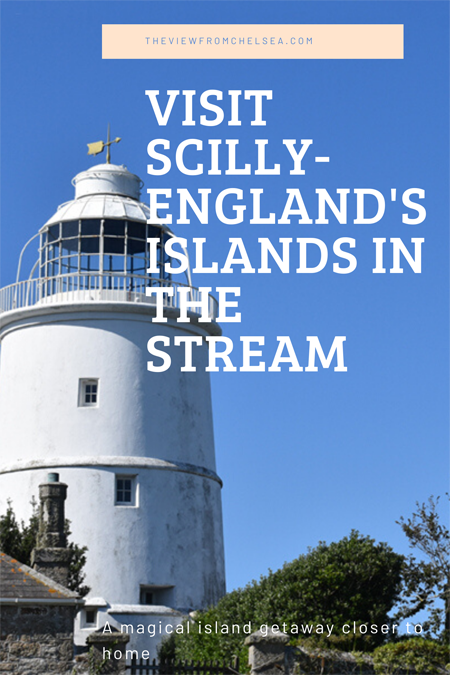
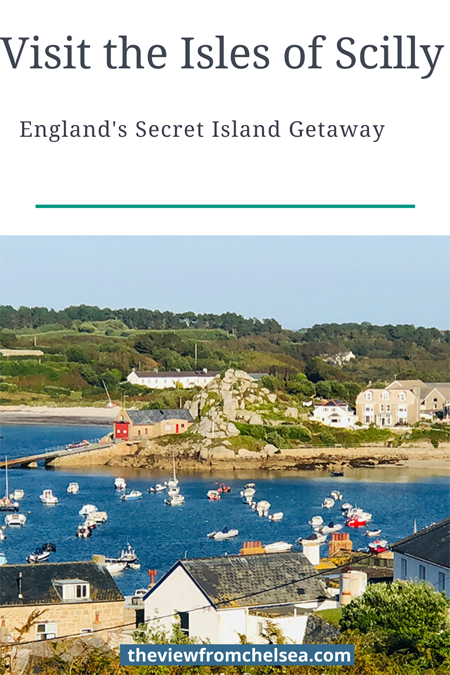
More about the Isles of Scilly
Check out where to stay and eat in the Isles of Scilly Reviews of Star Castle Hotel on St Mary’s and the New Inn on Tresco, plus places to eat on several of the islands.
And don’t miss – The artists and makers of Scilly – The light and peace of these islands draw artists and makers who live and work in beautiful settings. Read about several of the creative people we met, see their work and discover how the islands inspire their creativity.
Get your staycation off to a good start with a 15% savings on Gift and Annual Memberships if you join before 30 September 2021 and use code “EH2021”

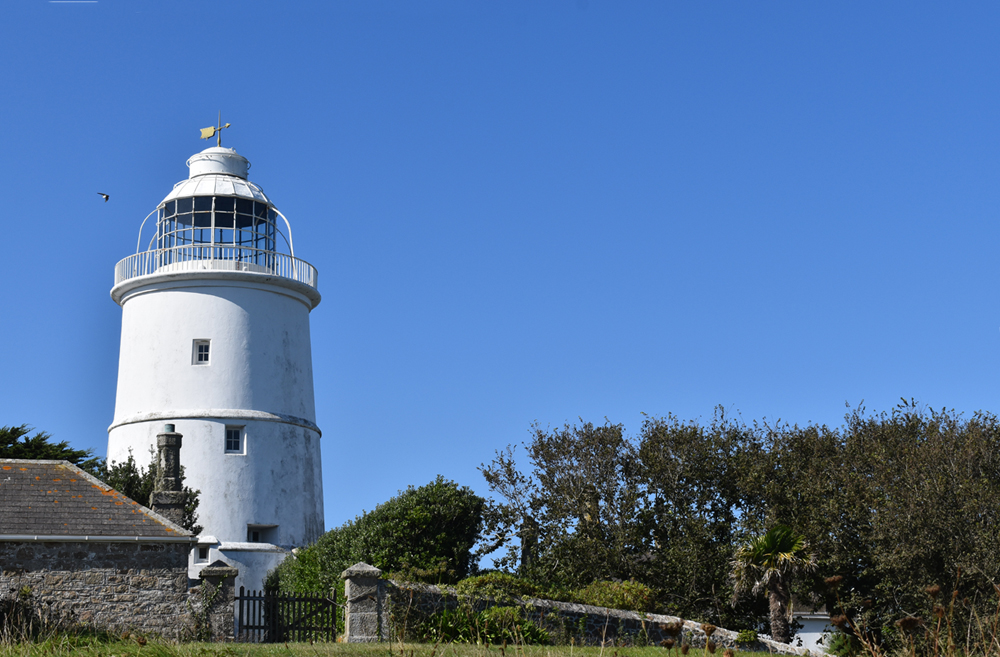
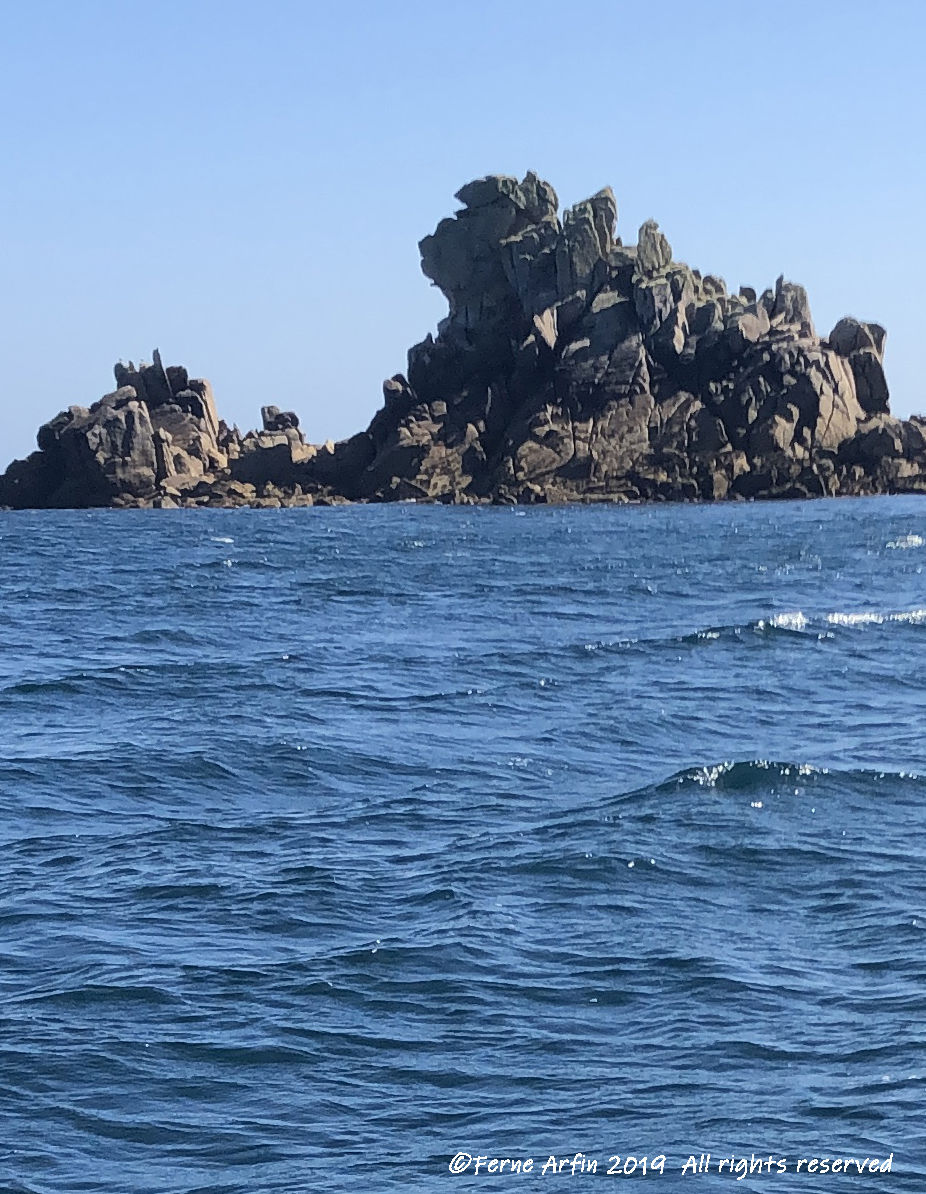

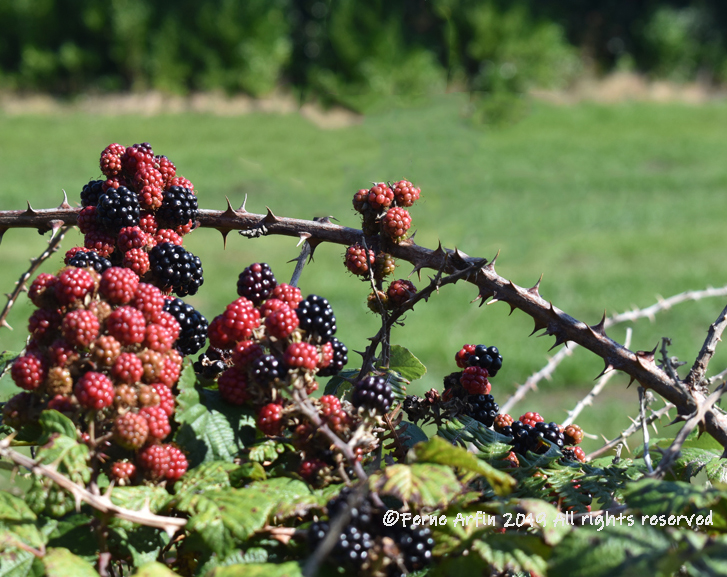
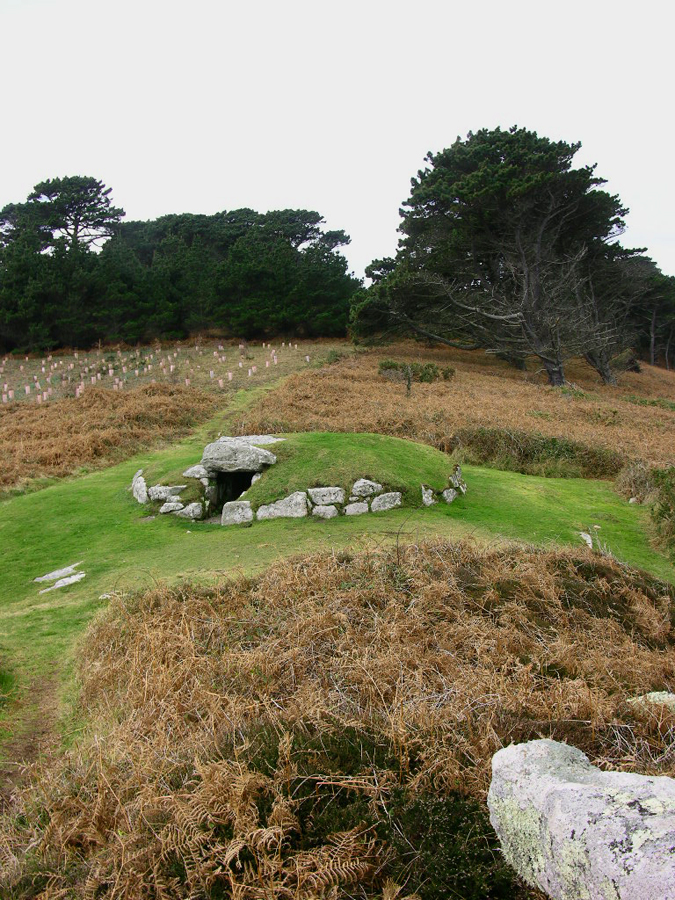
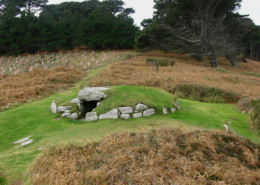
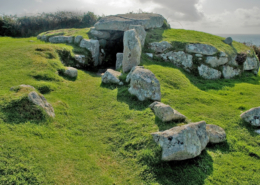
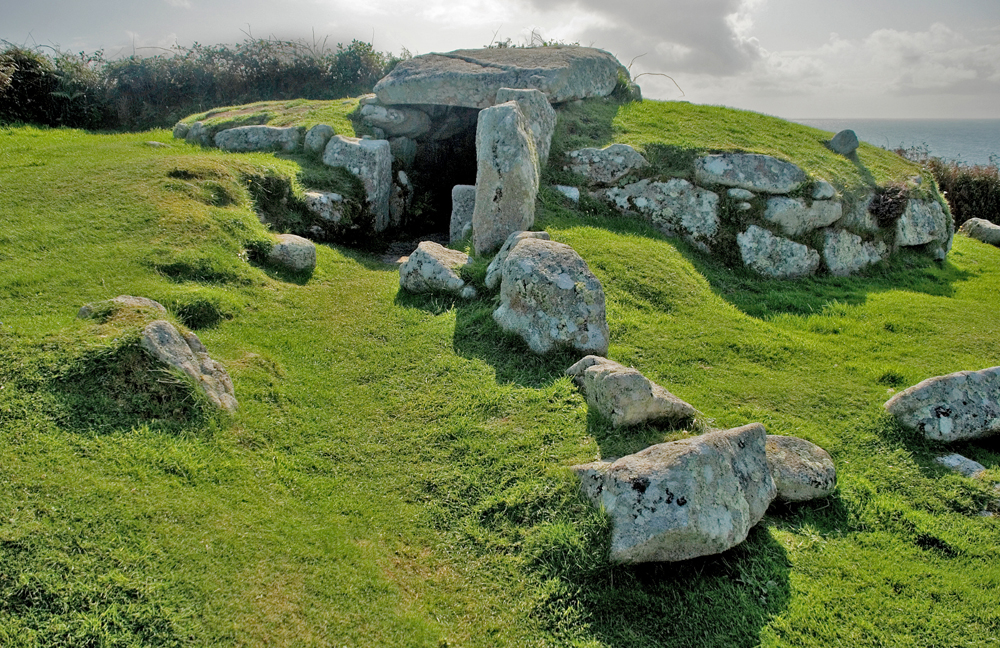
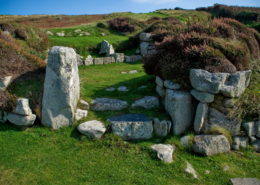
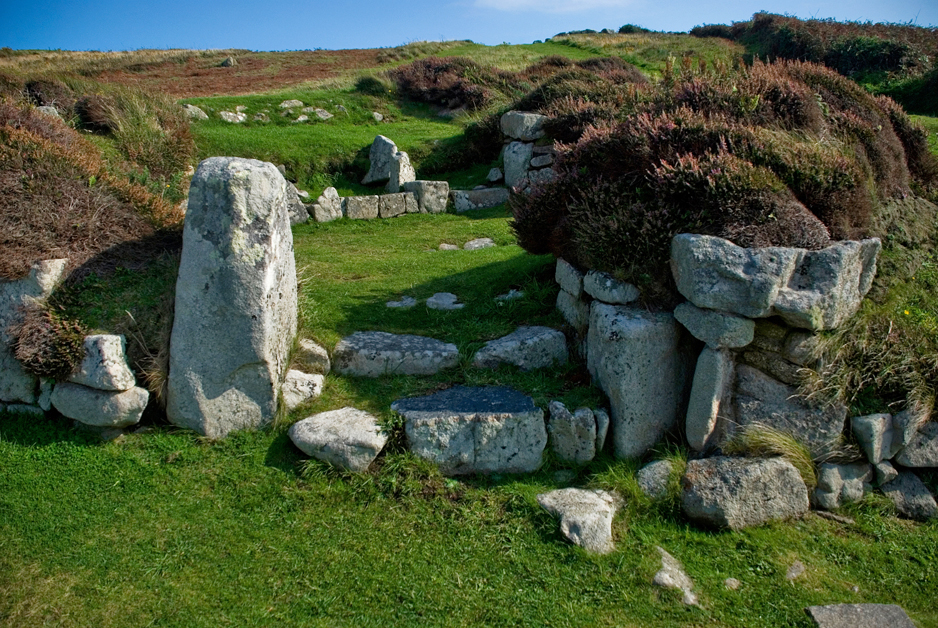
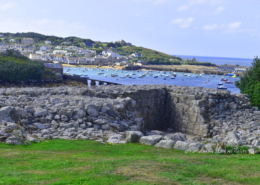
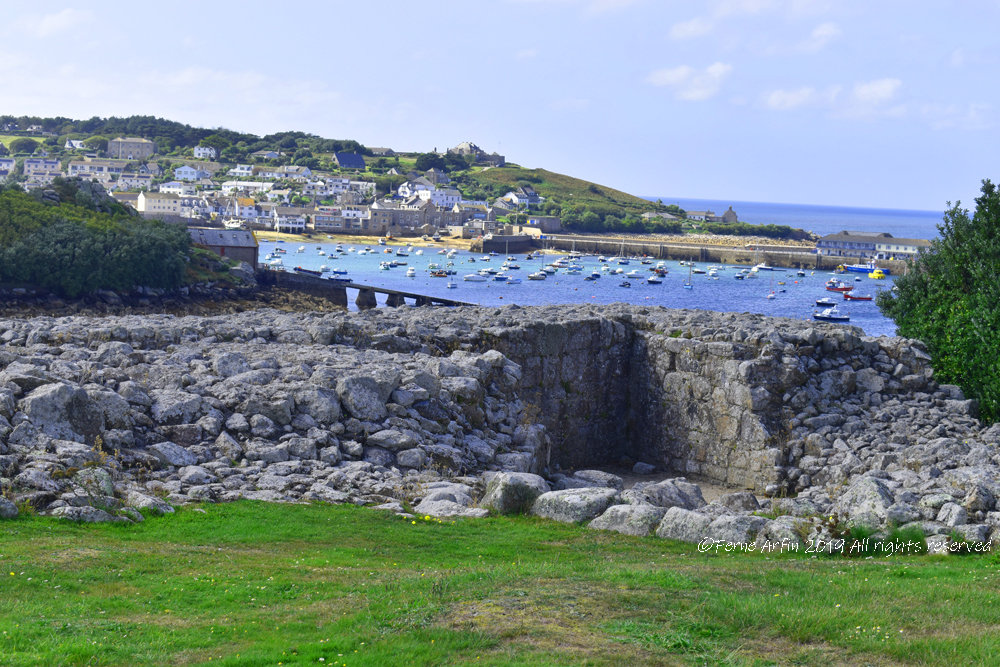
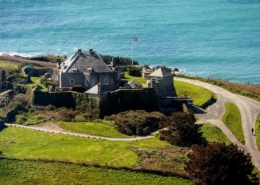
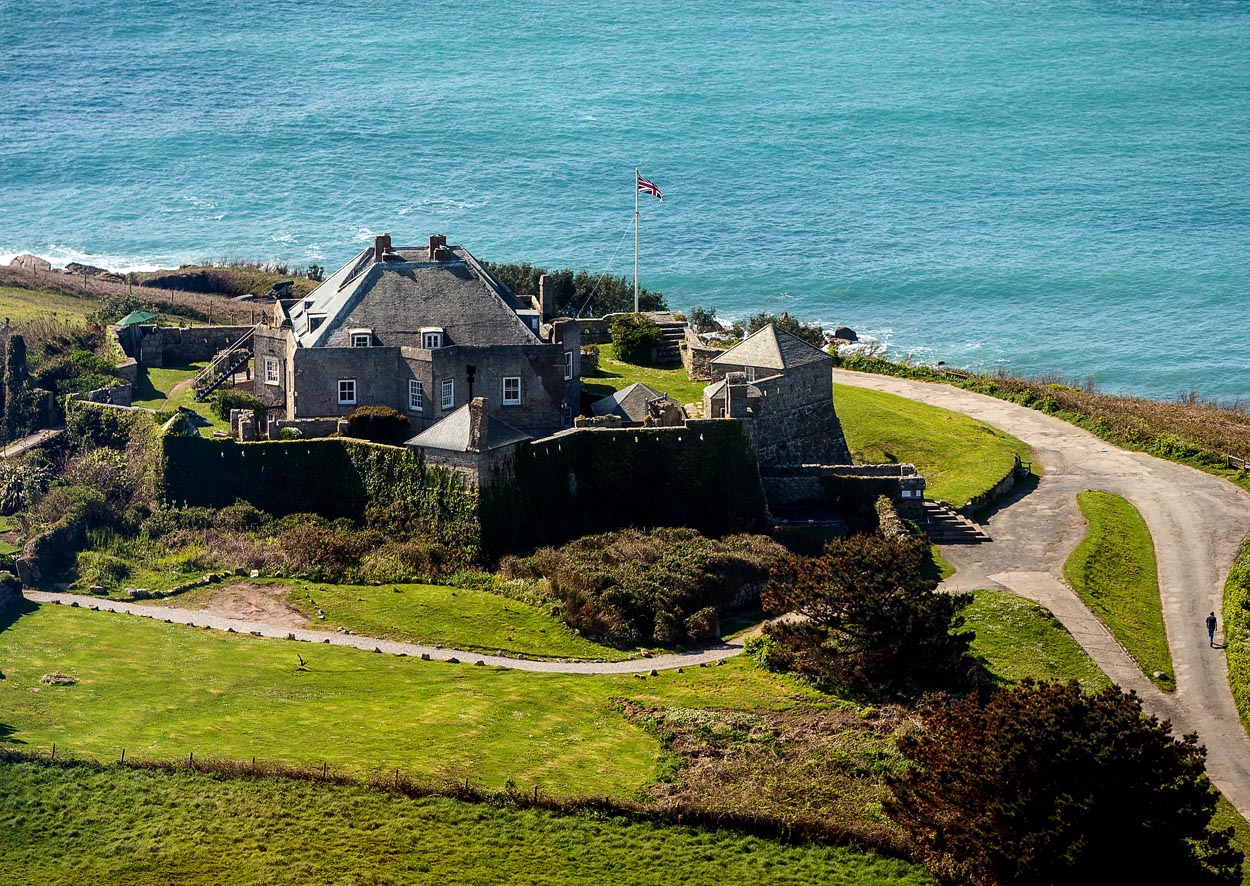

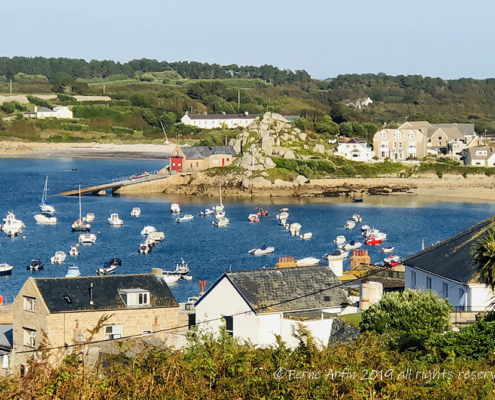
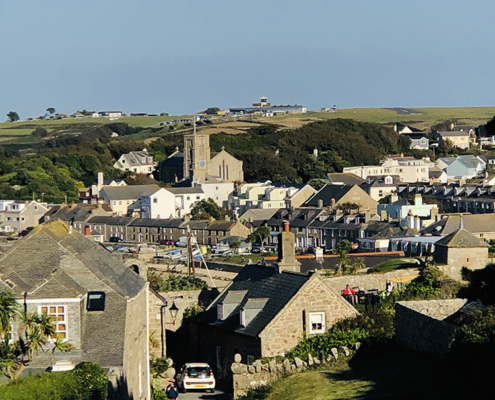
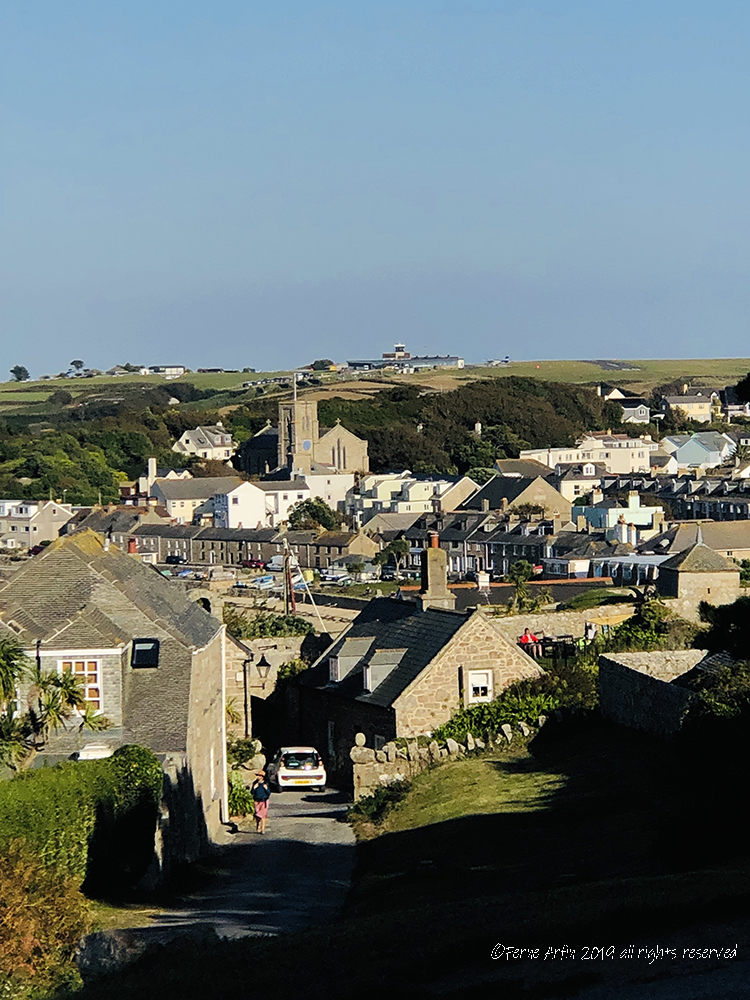
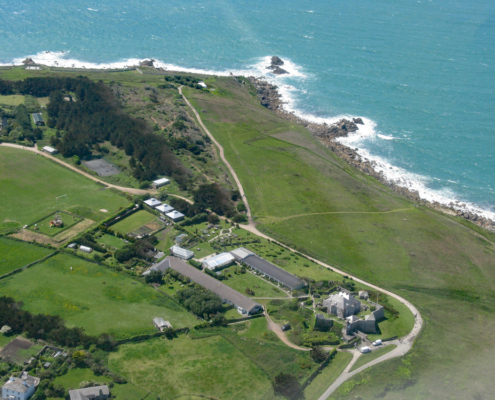
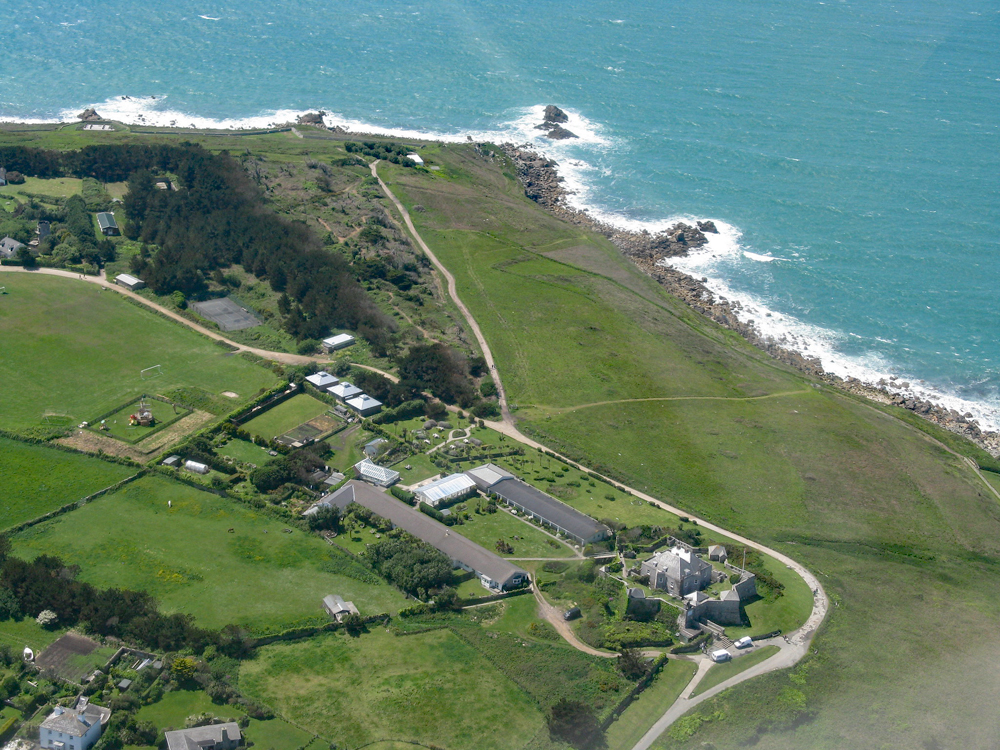
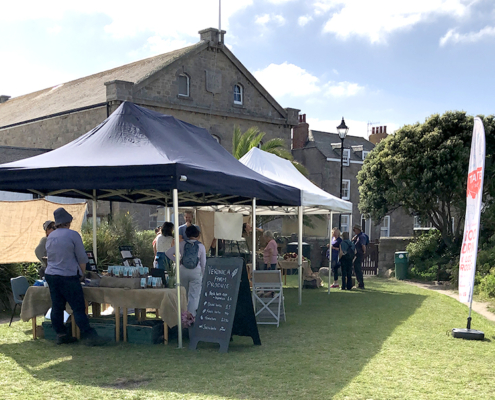


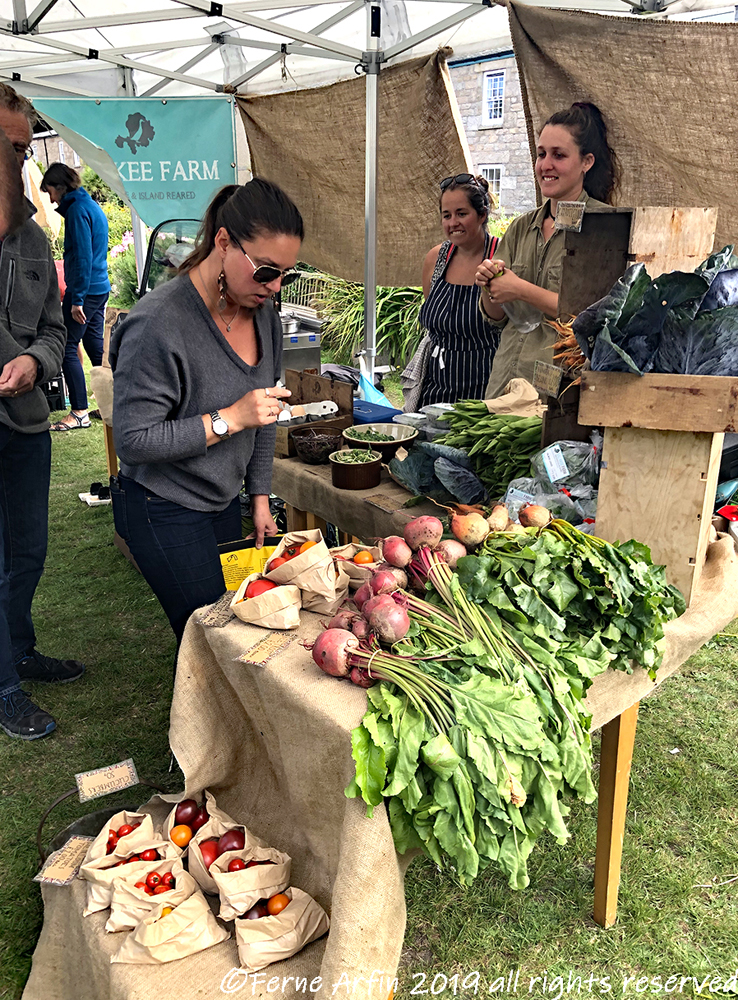


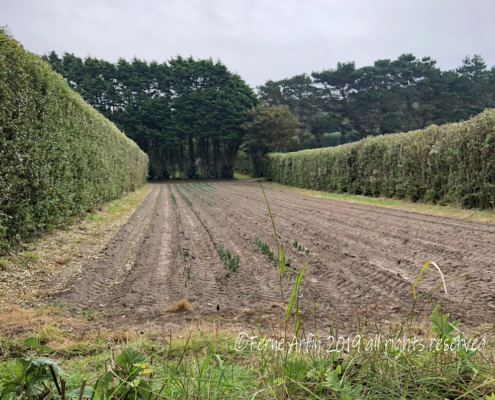

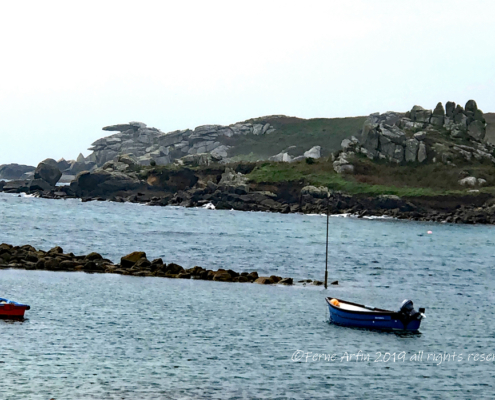
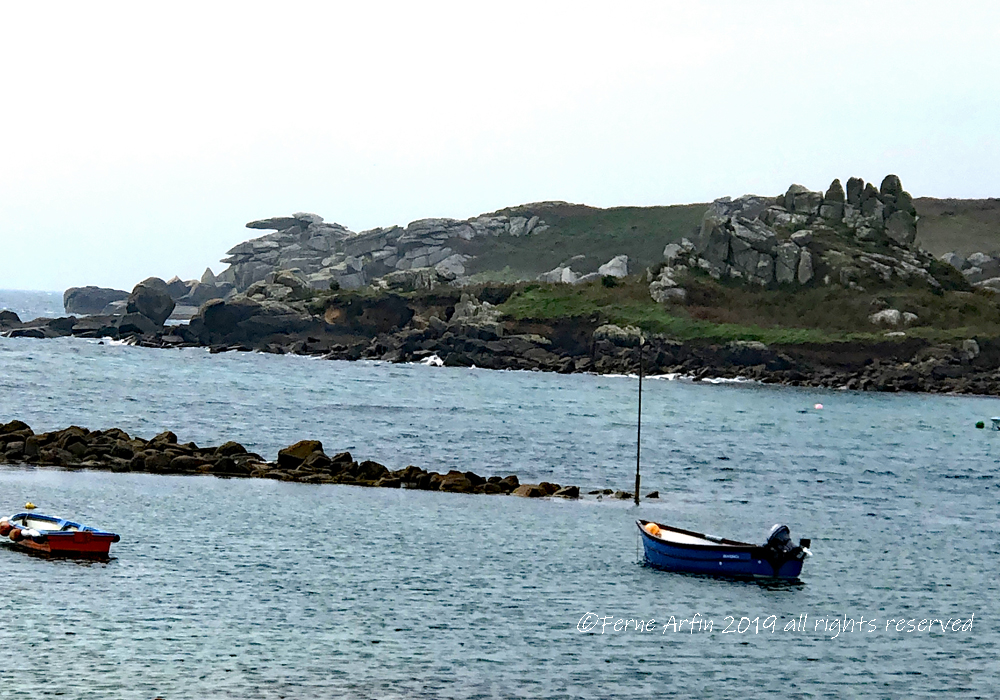
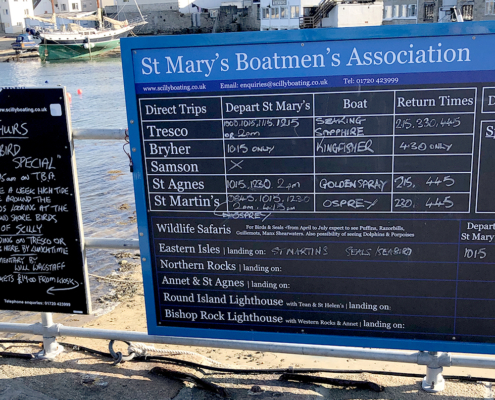
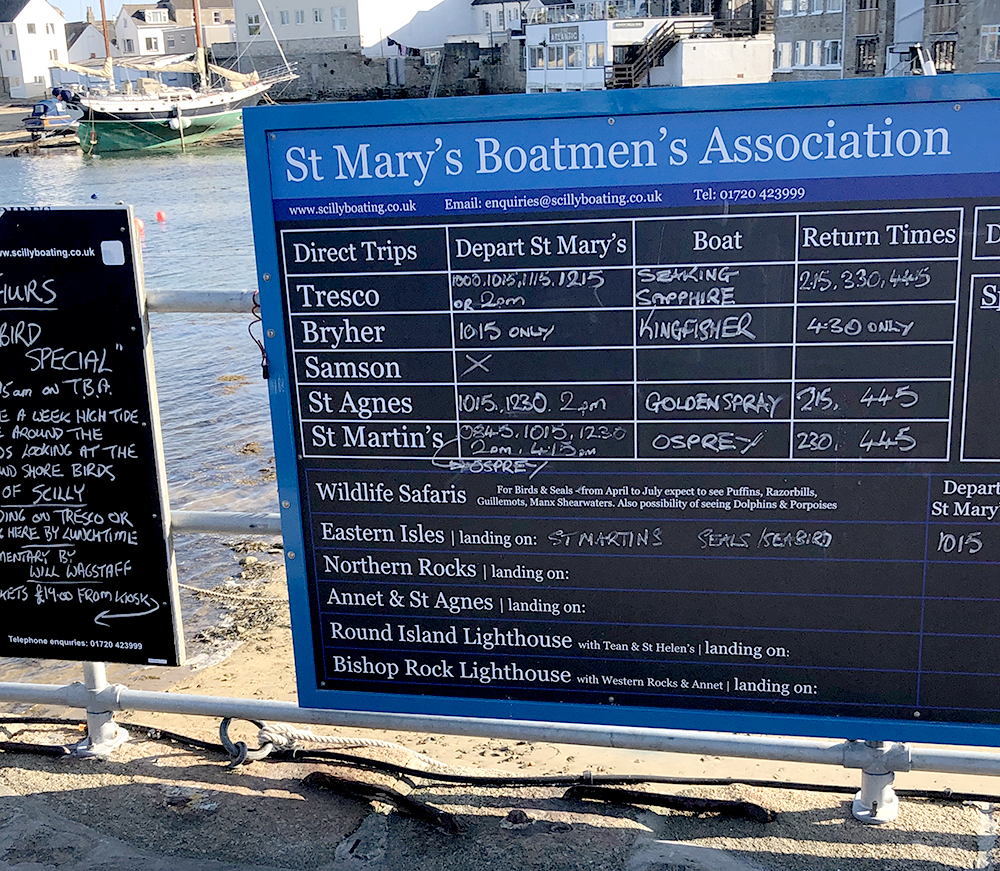
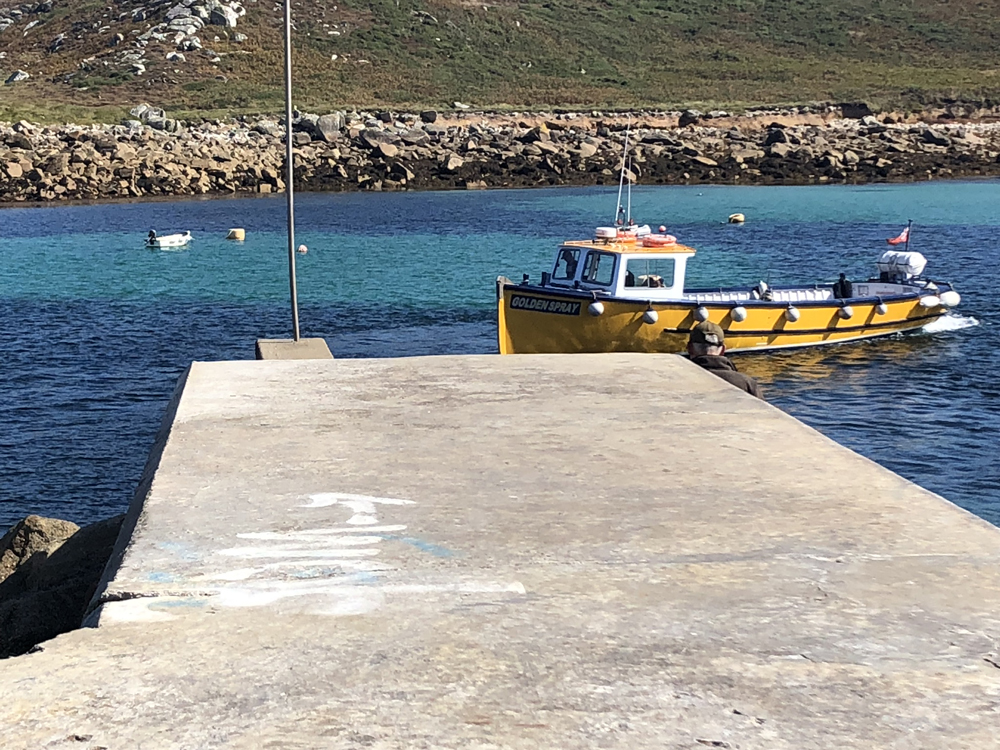
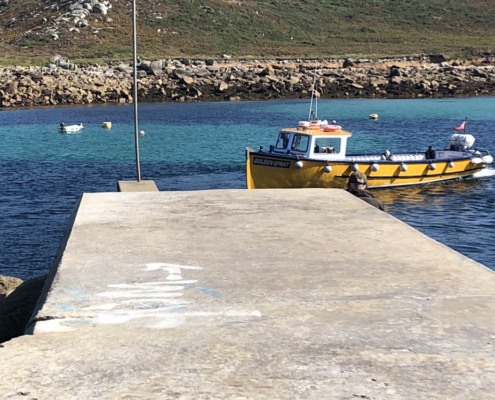
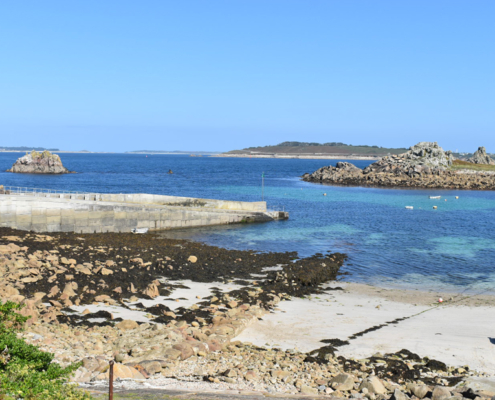
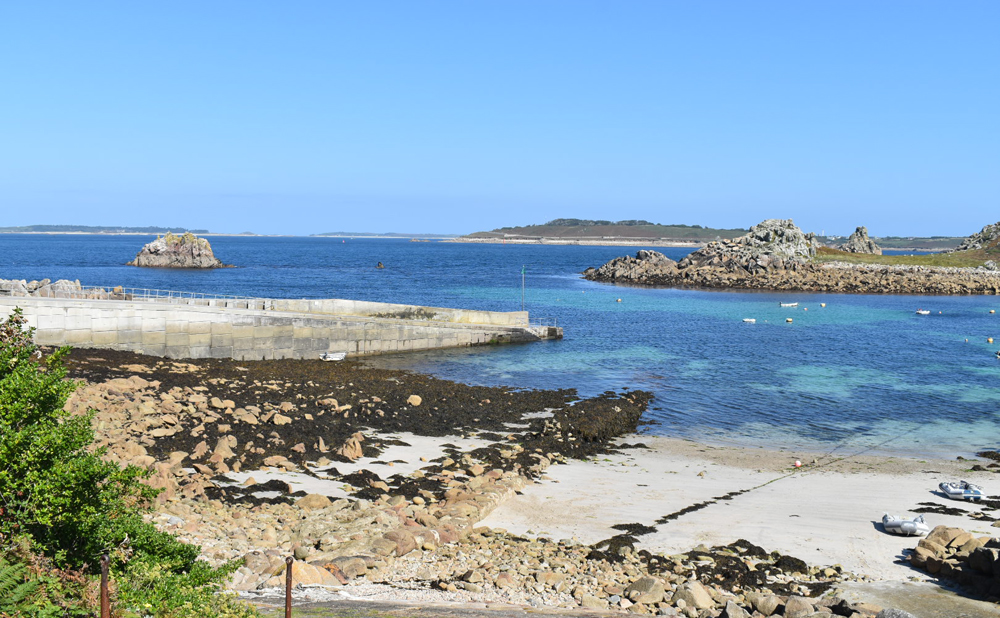
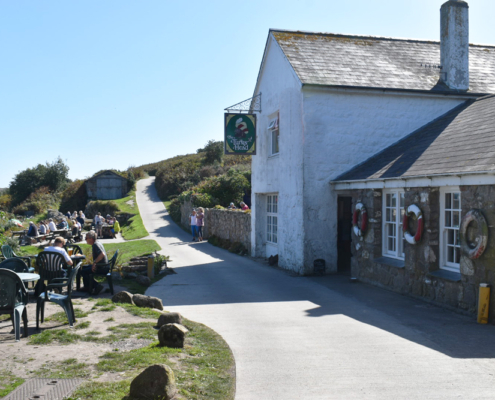
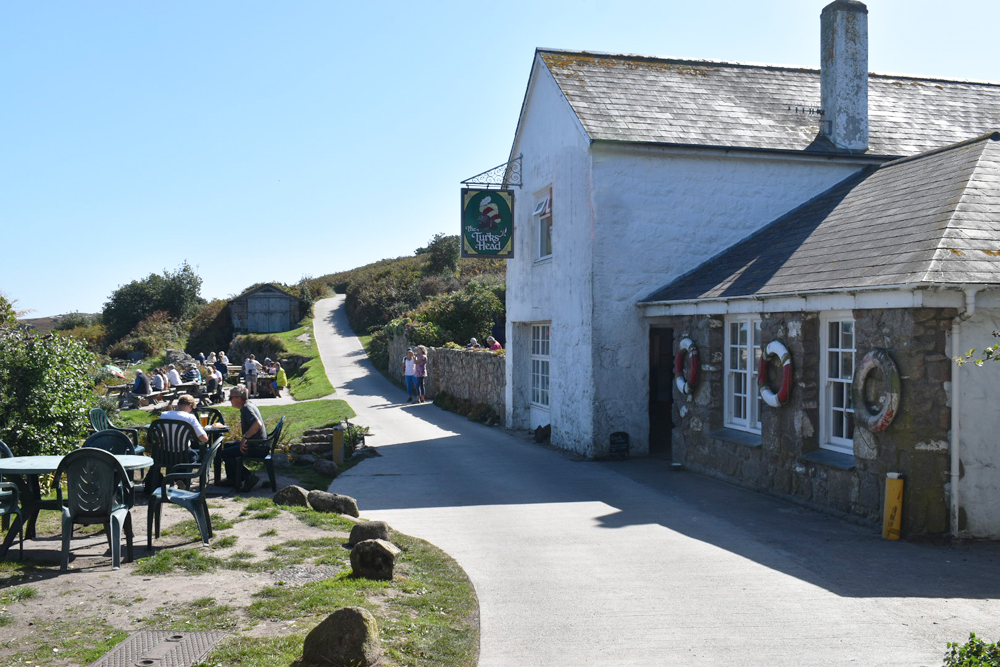
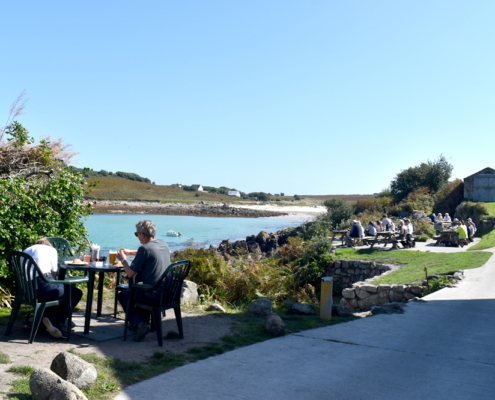
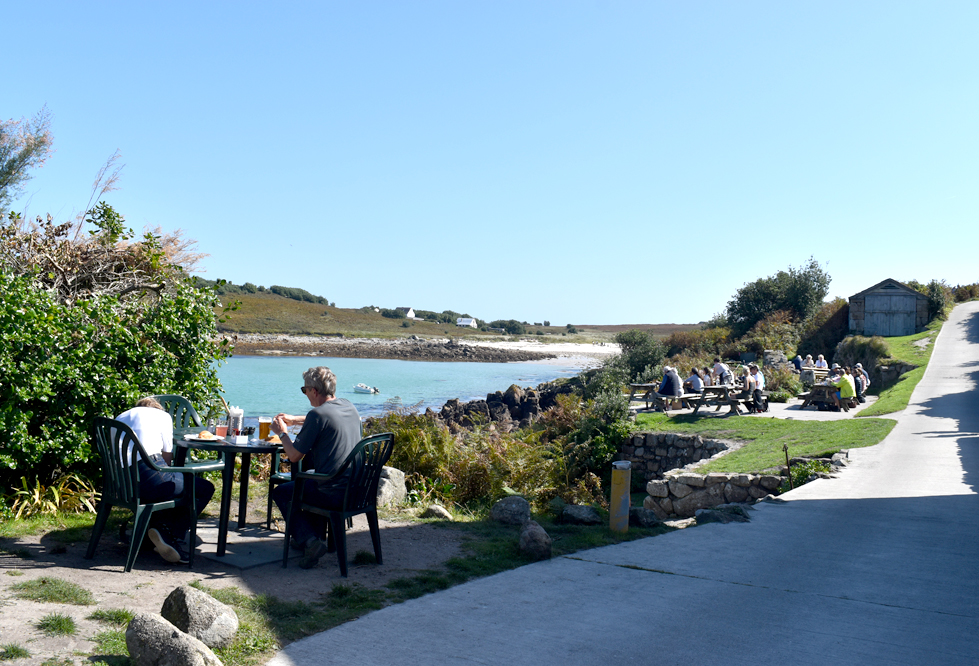
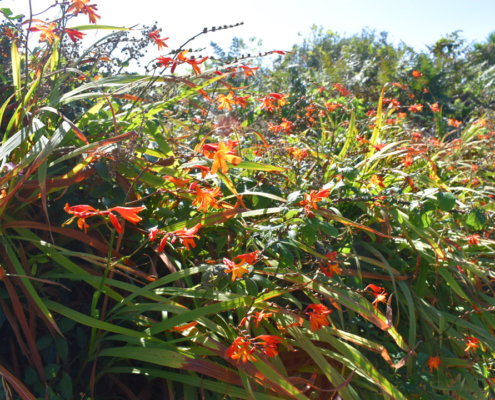

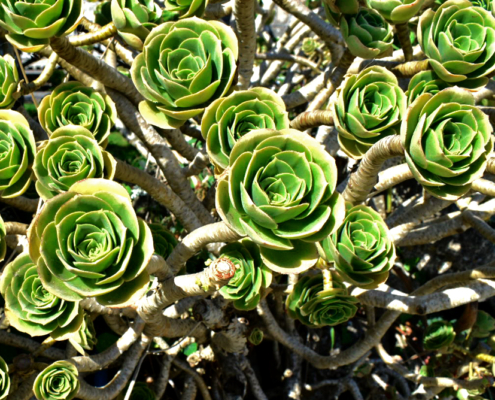

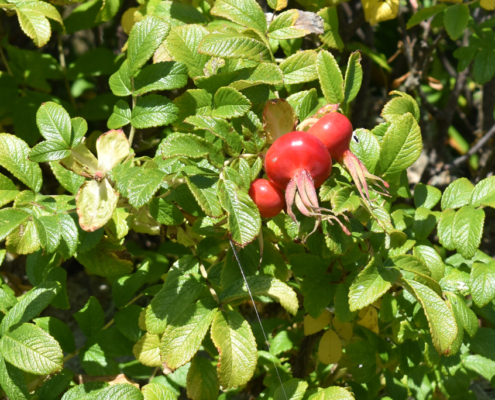
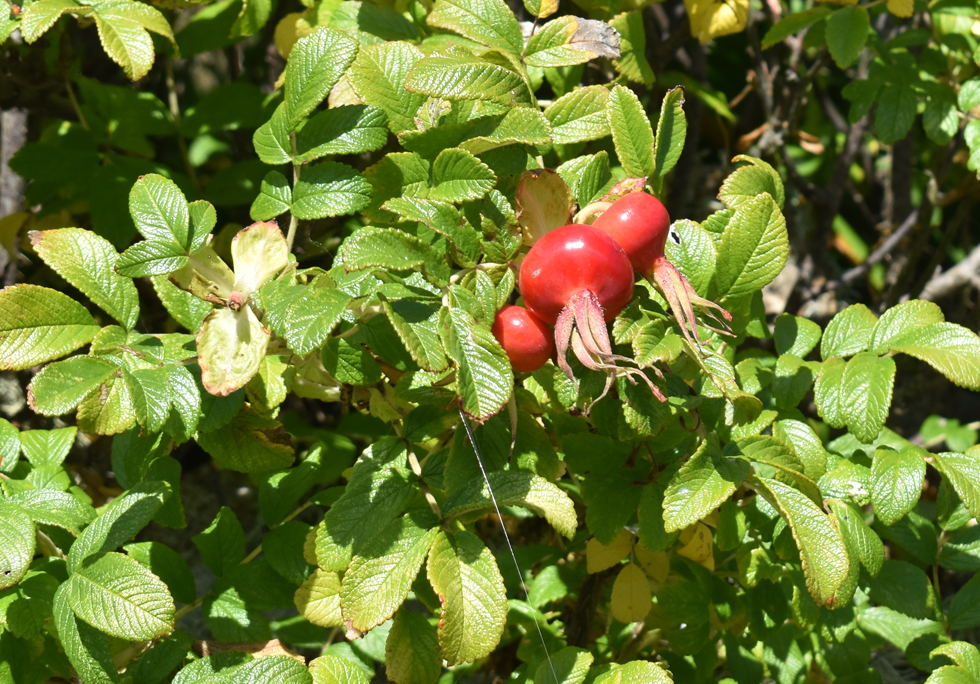
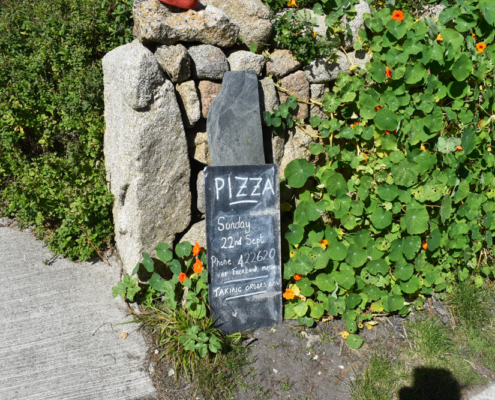

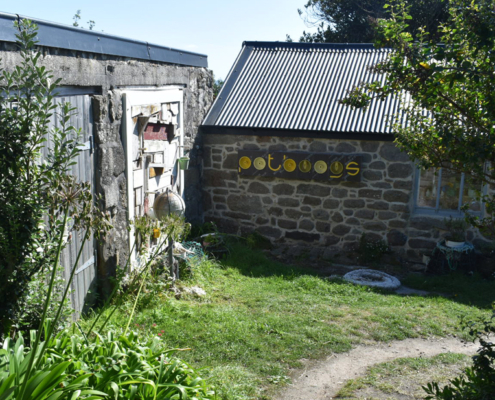


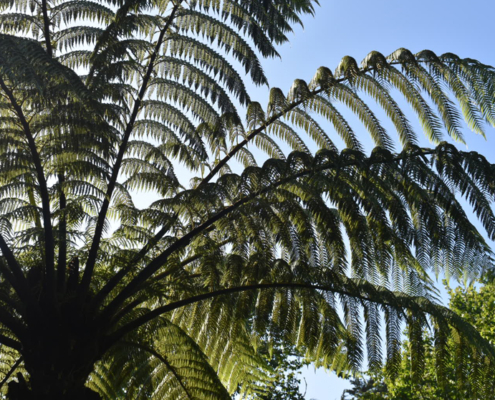
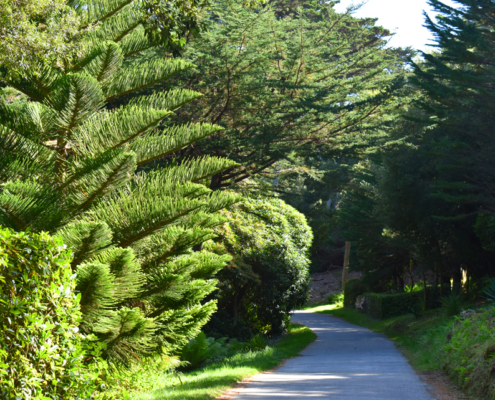

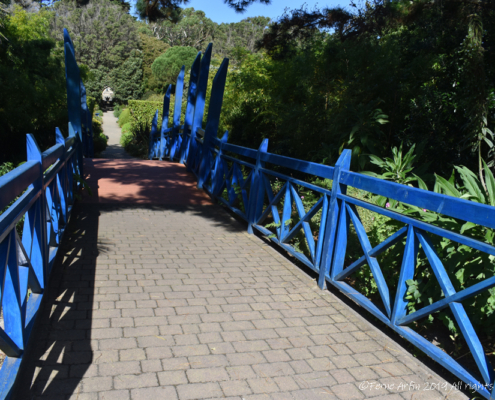

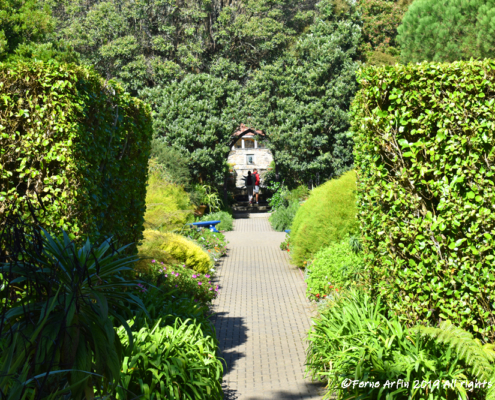
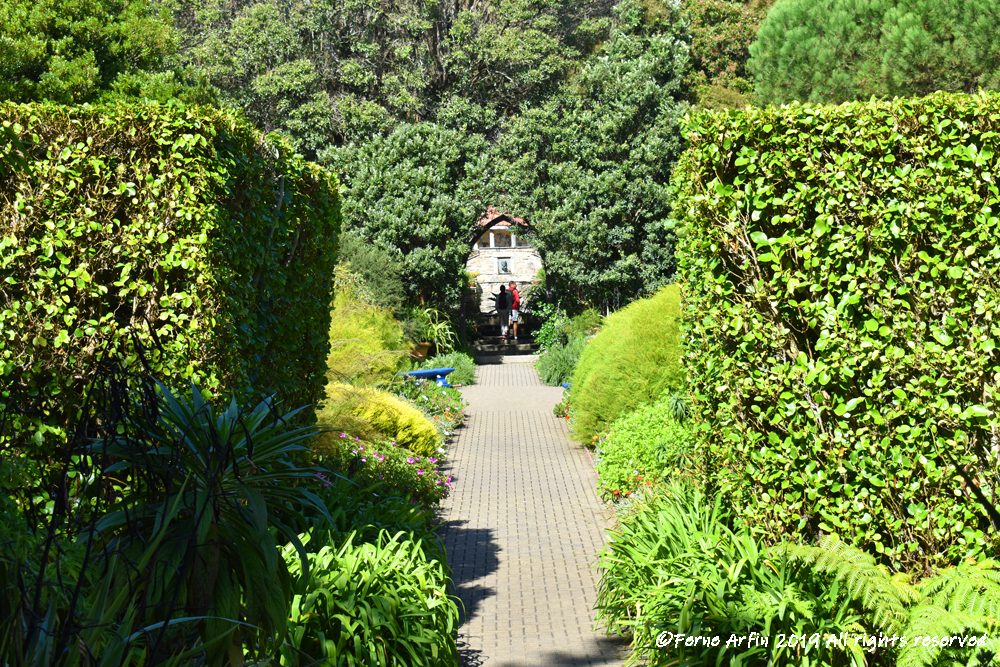
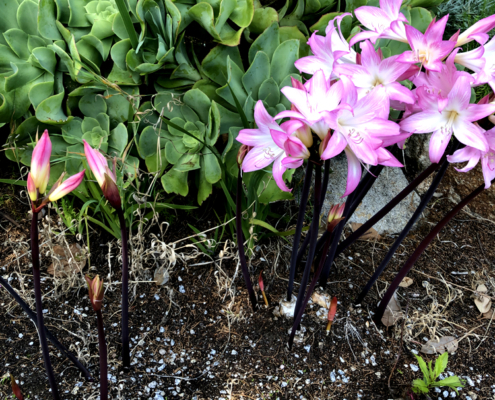
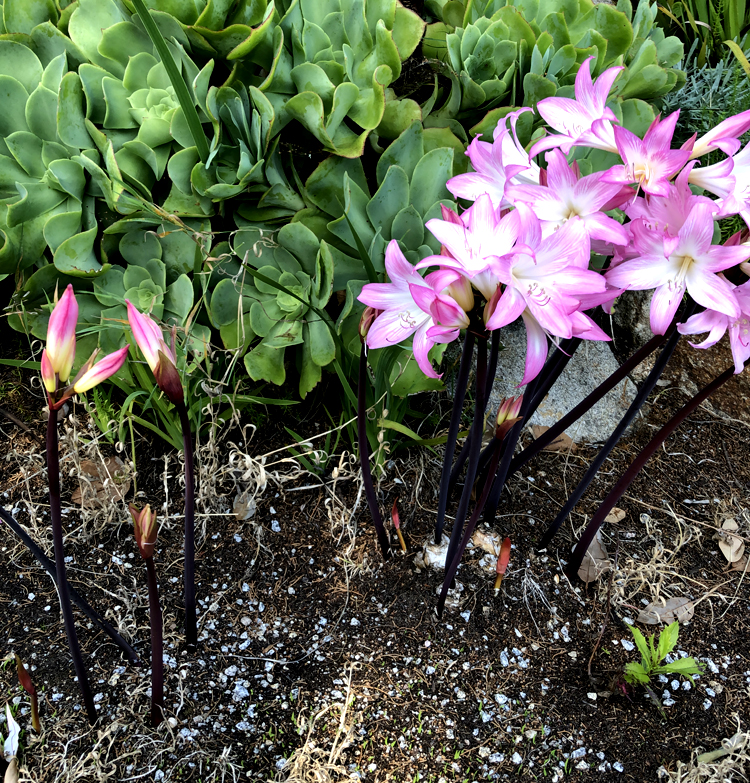
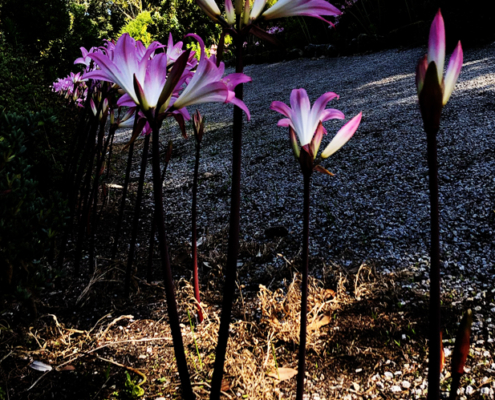
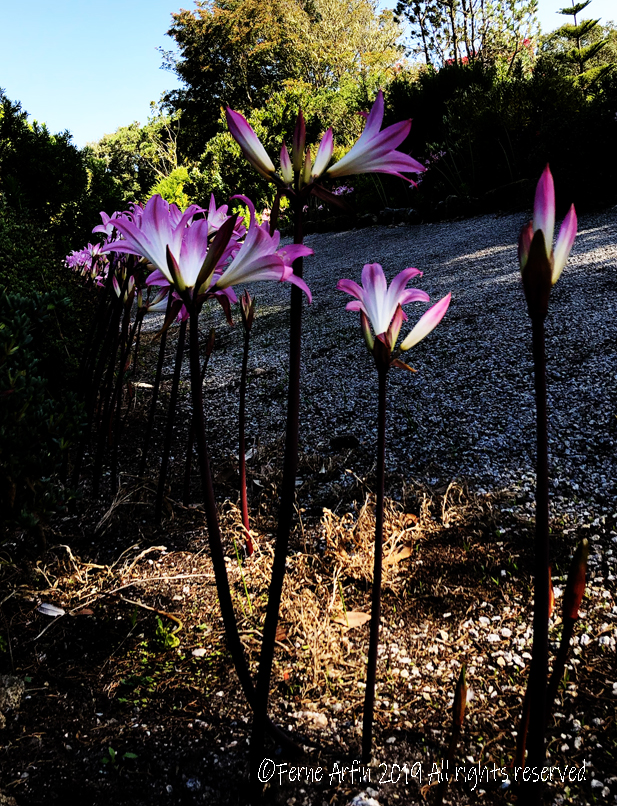
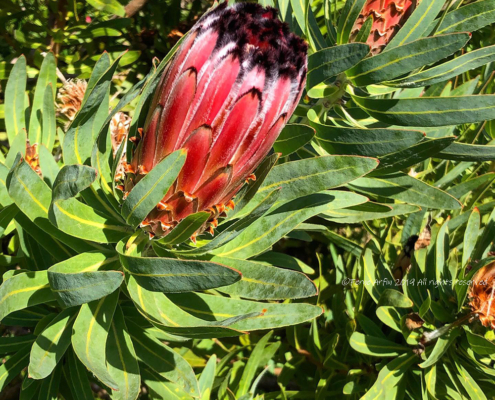

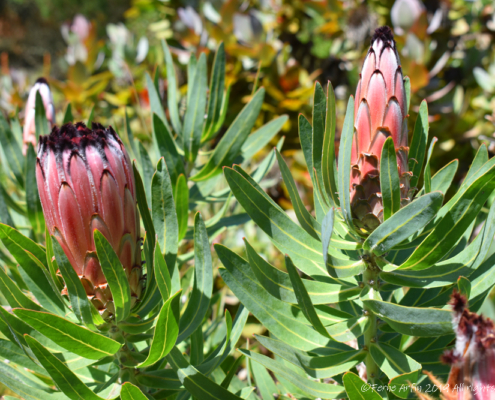
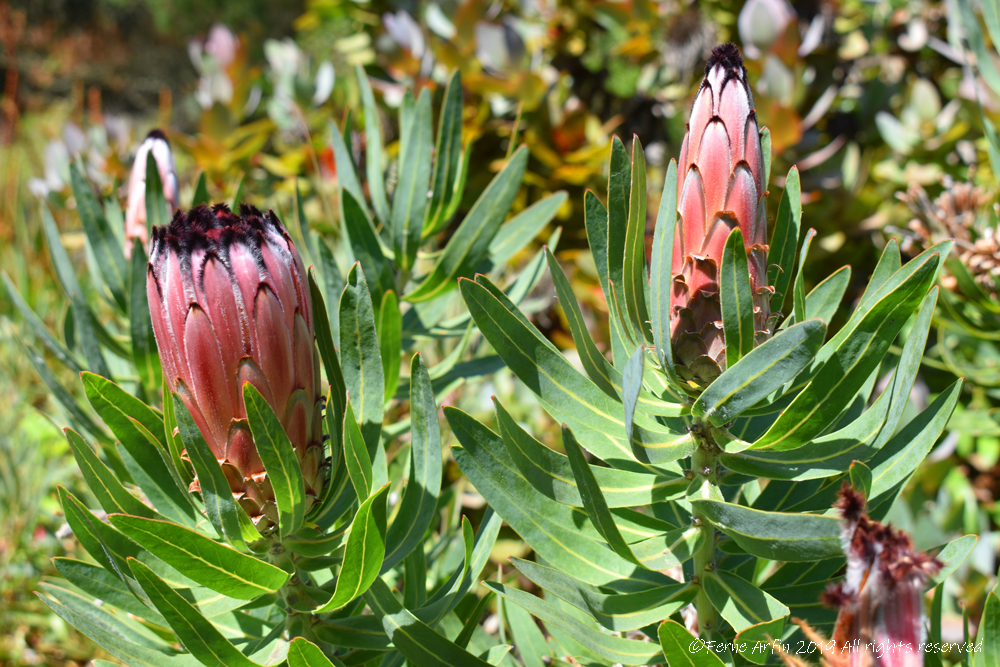
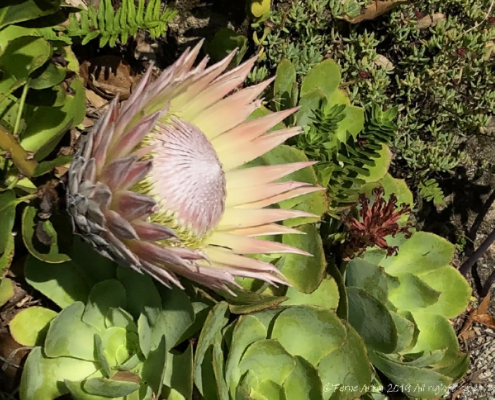
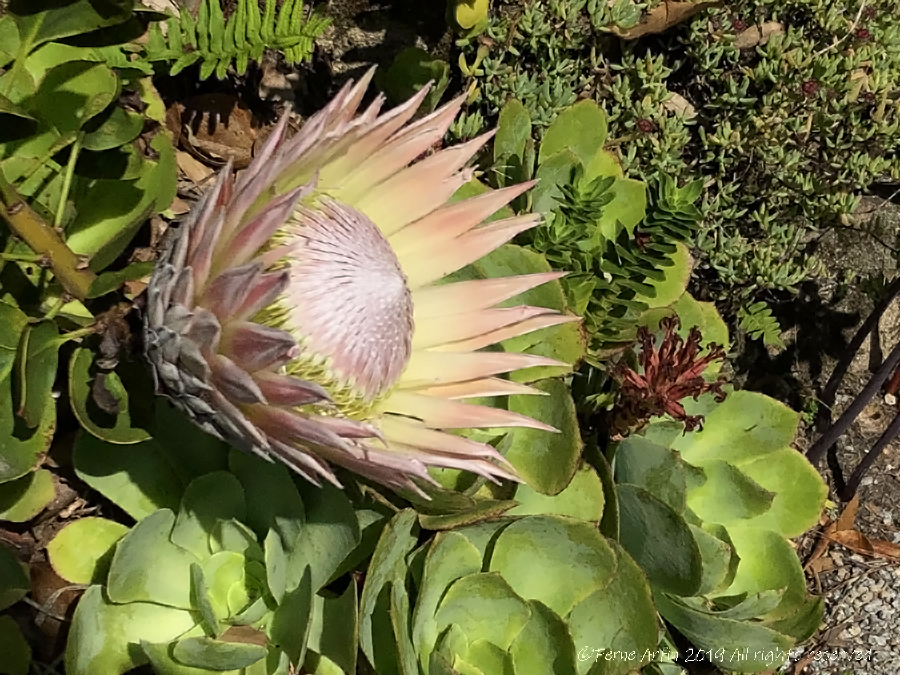
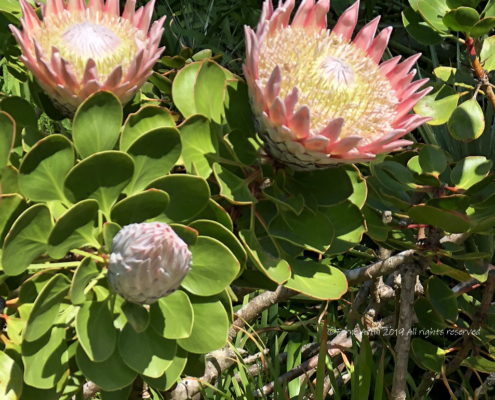
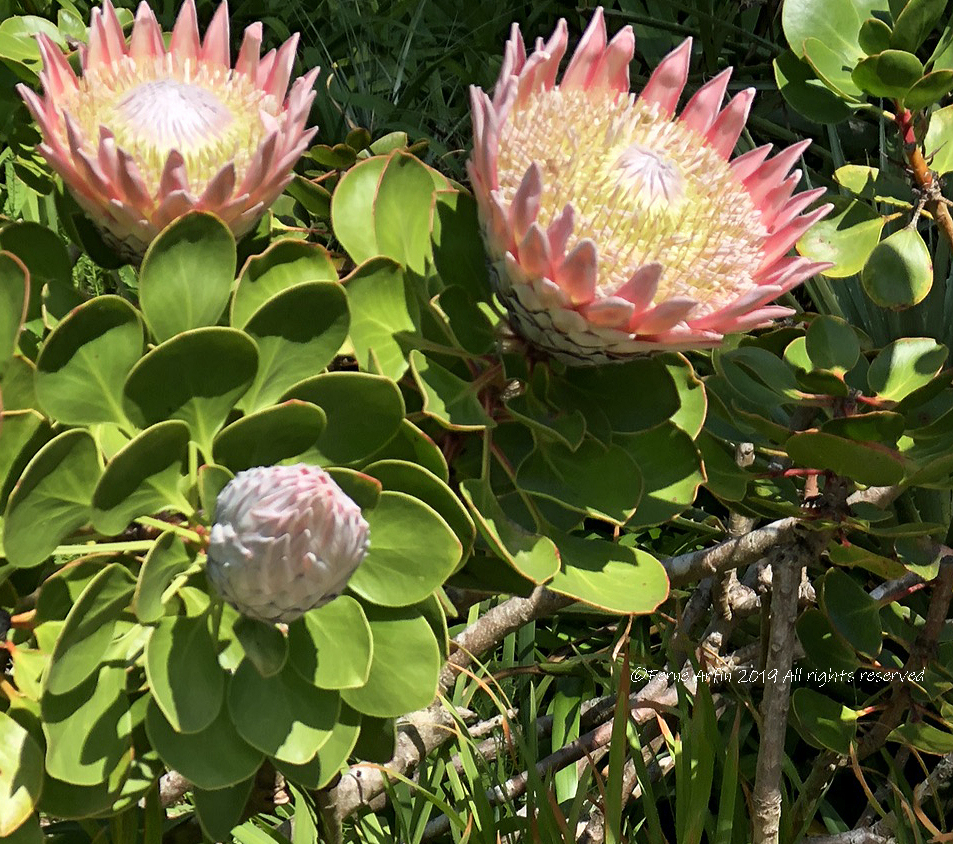
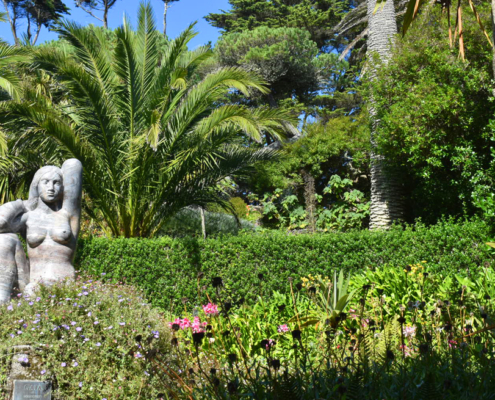
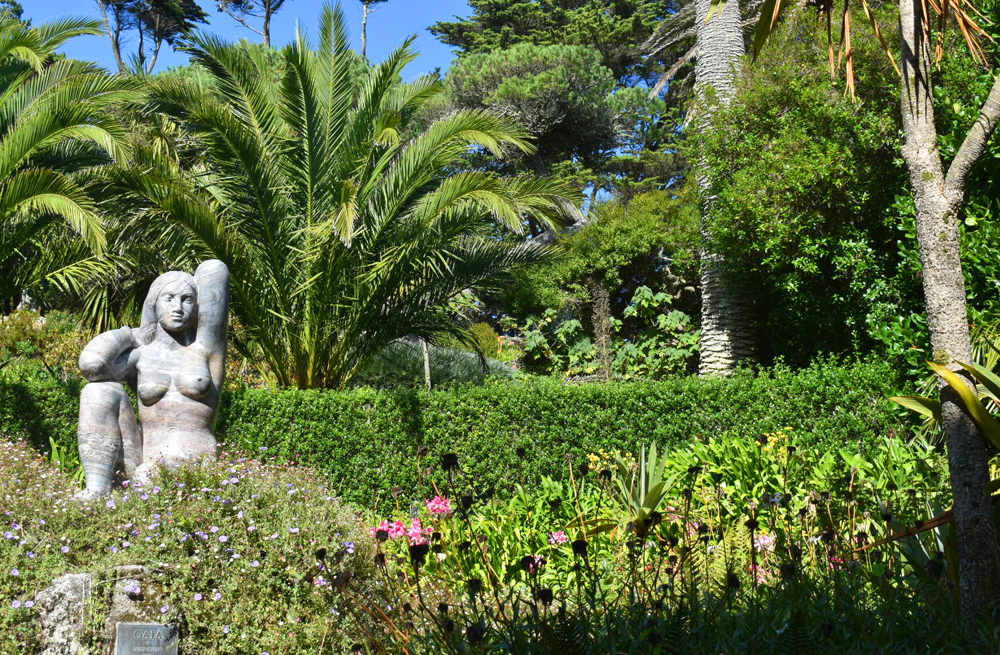
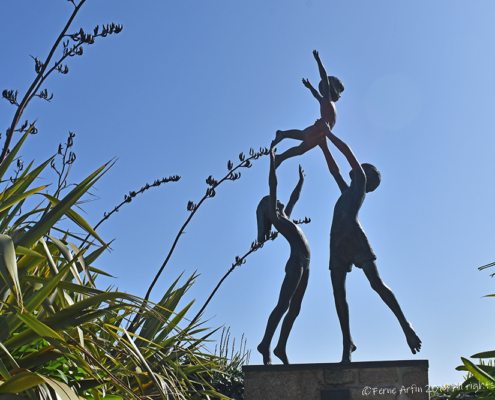

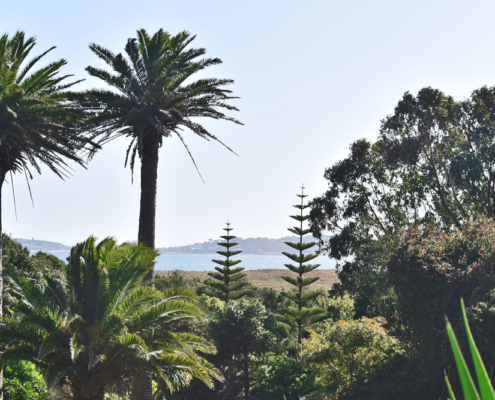
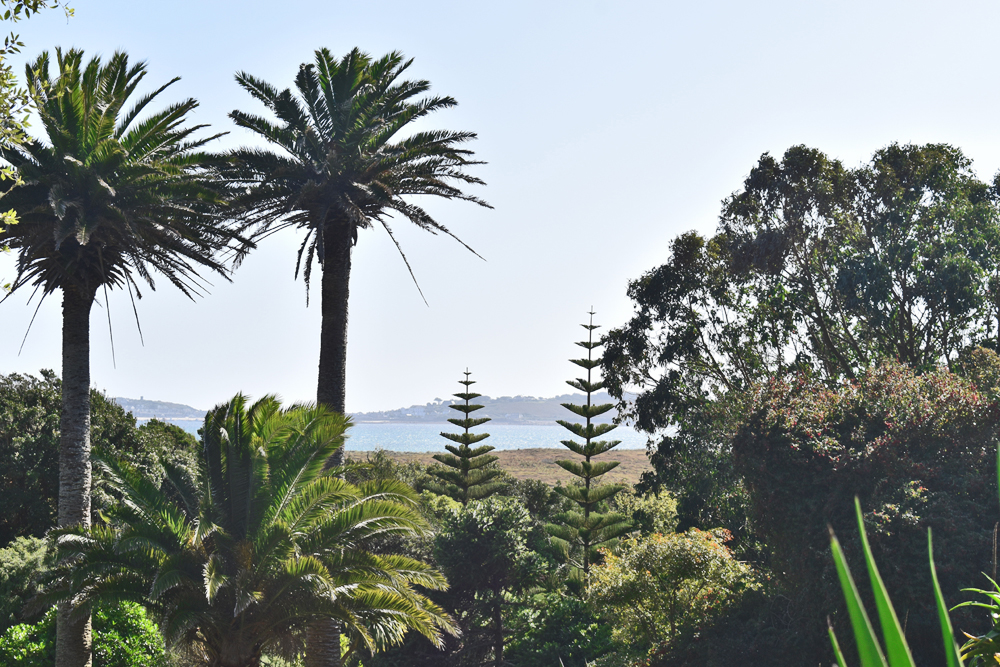
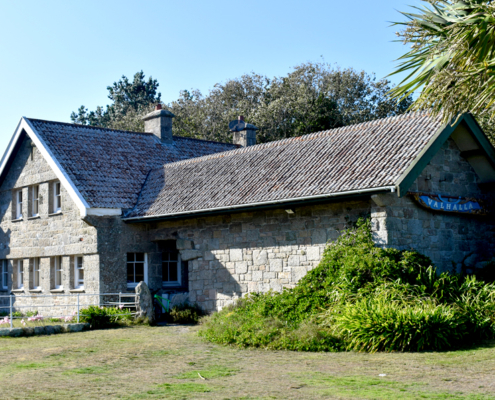
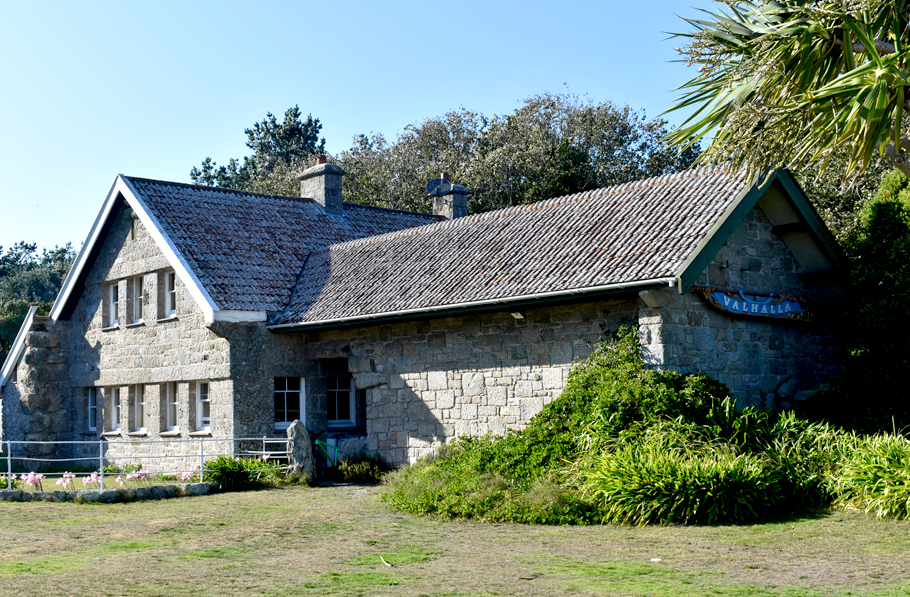
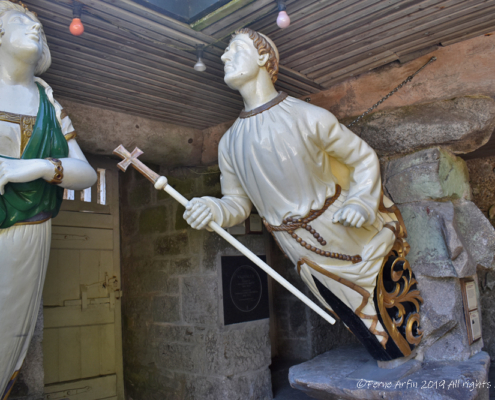
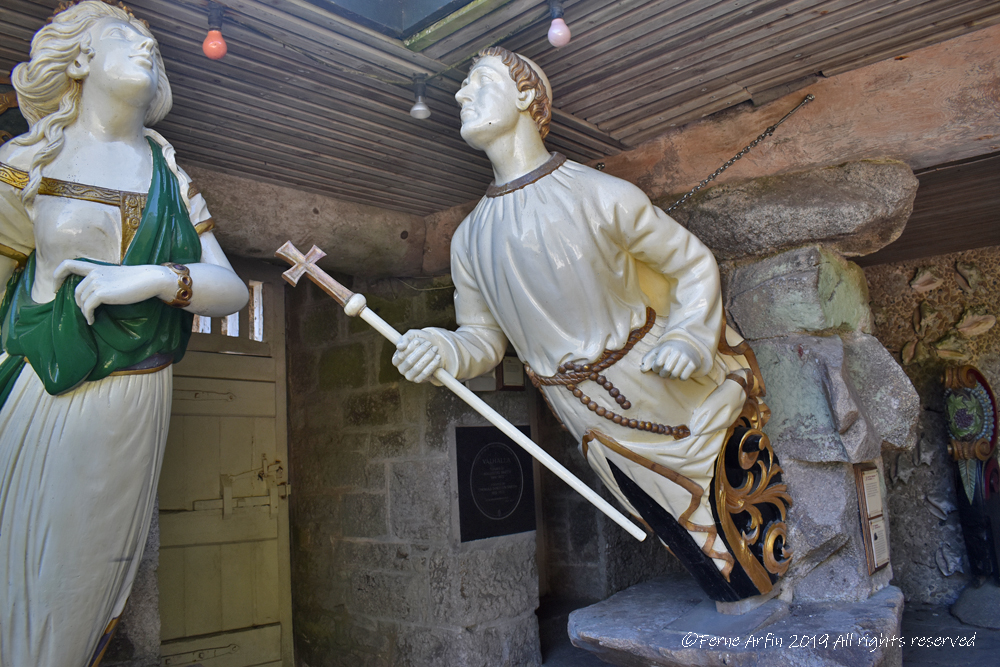
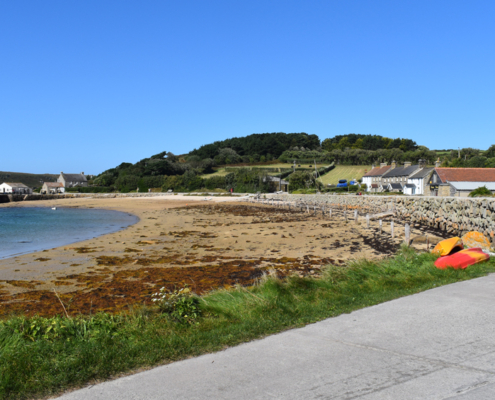
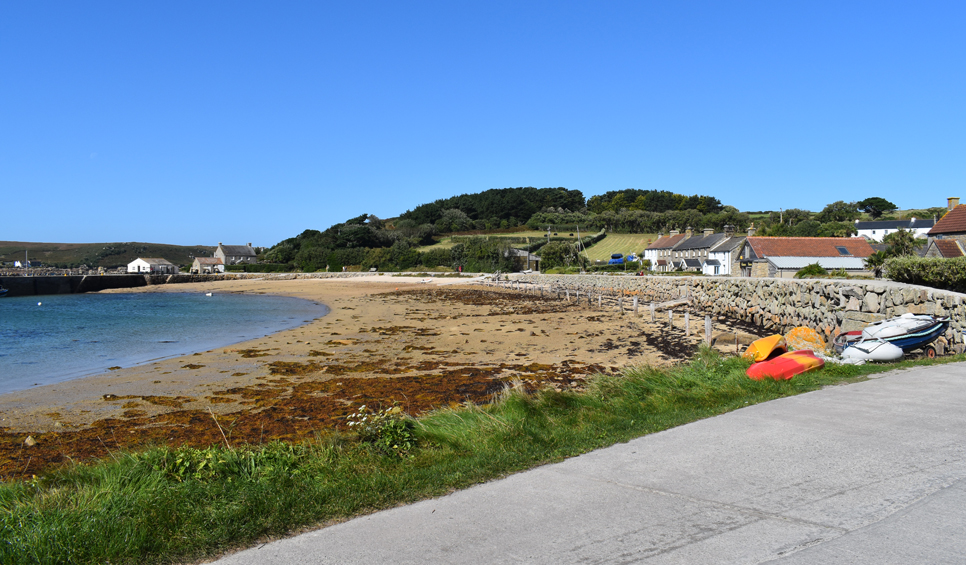
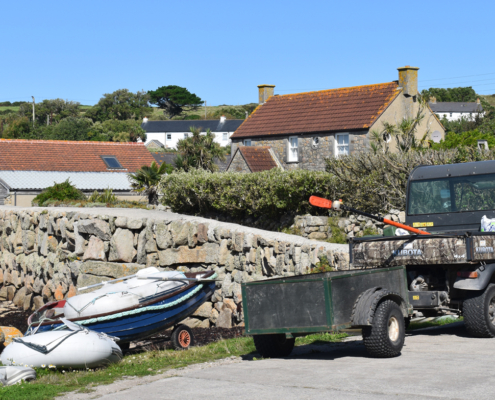

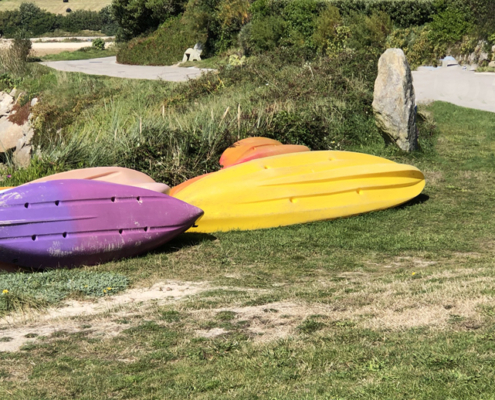
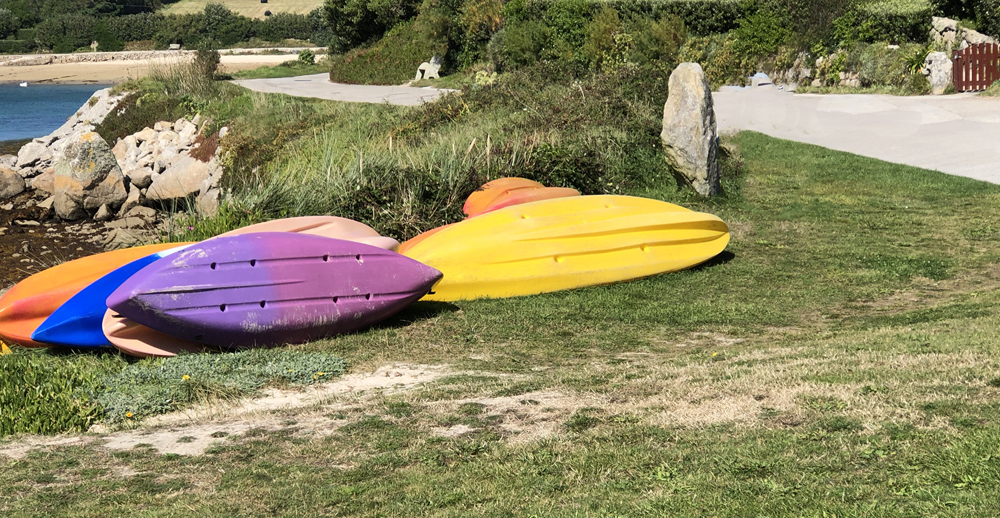




 ©Ferne Arfin The View From Chelsea 2018
©Ferne Arfin The View From Chelsea 2018 "Cheese Rolling Festival - Second Race" by ninjawil is licensed under CC BY-NC-ND 2.0
"Cheese Rolling Festival - Second Race" by ninjawil is licensed under CC BY-NC-ND 2.0
I would love to visit the Isles of Scilly one day! I grew up reading books like why the whales came and loved the sound of these strange islands to the south. I read that BBC article and it is an awful situation!
I just returned from an impulsive day trip to Tresco!I was in Penzance when I heard of the helicopter service. The day was hot and sunny and it was a stunning way to arrive. I fell totally in love! I have a vision to come back every year. The Islanders are so cheerful and kind, it is a pleasure to support their economy.
It must be such a difficult situation for residents there at the moment who rely on tourism. This definitely looks like a place to add to the post-lockdown travel list.